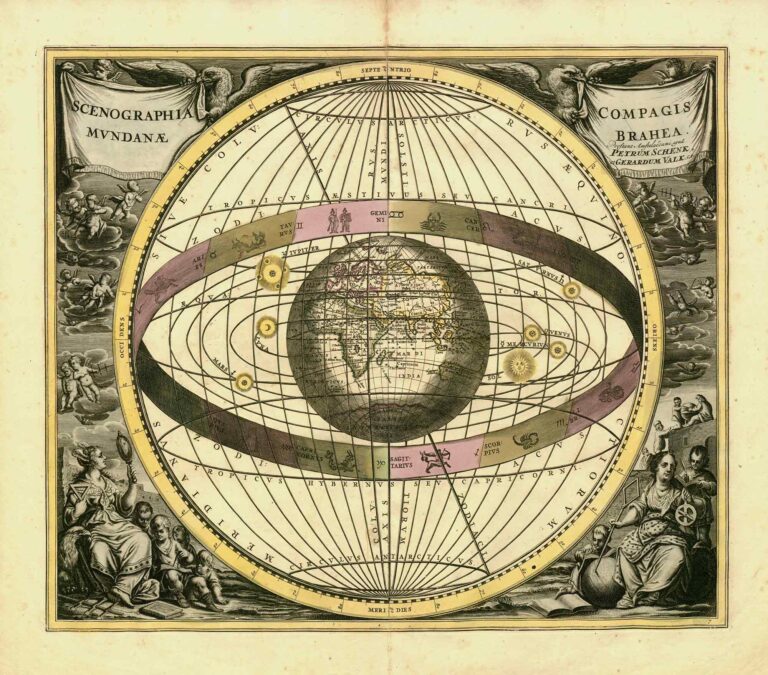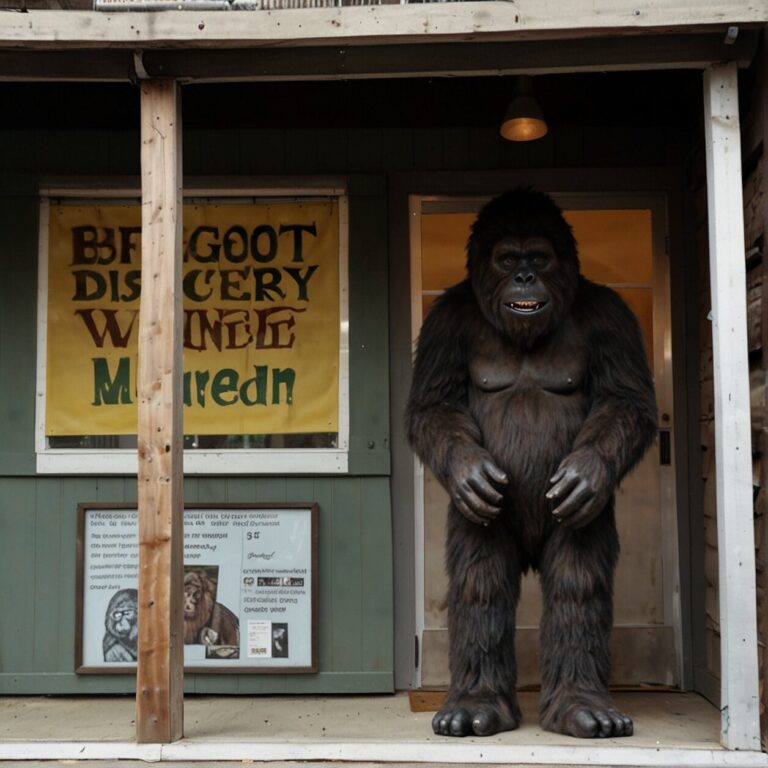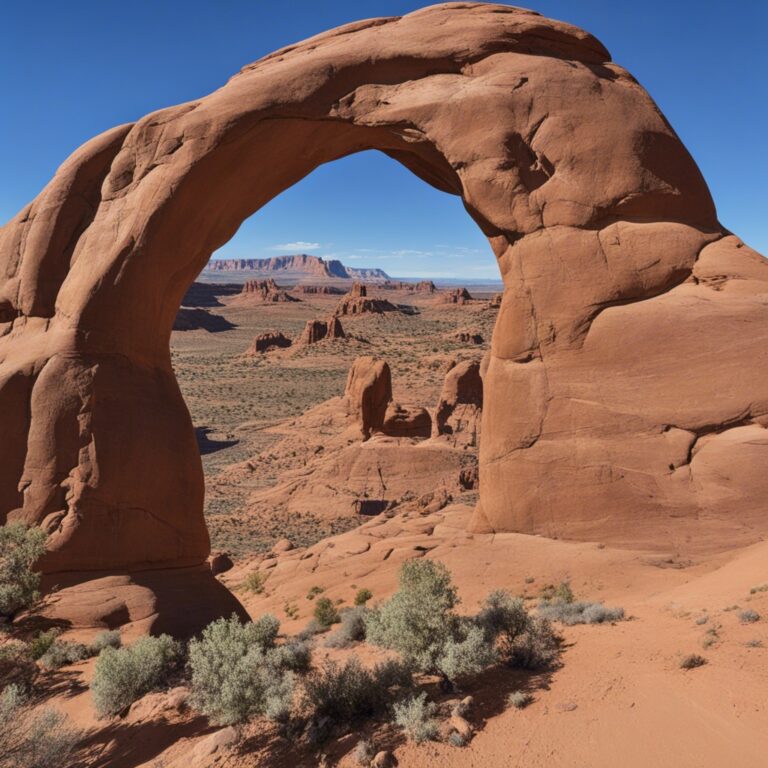The Forgotten World War II Relics of Alaska
There’s a scarcity of places in the world that unfold history as mysteriously and remarkably as the remote regions of Alaska. While famed for its breathtaking mountains, endless wilderness, and mesmerizing Northern Lights, Alaska possesses an intriguing secret. It’s a place where remnants of the past echo through time, bringing World War II history to the forefront in an exceptionally captivating way. Untouched and preserved in the cold isolation, these remnants narrate tales of resilience of a bygone era.
“Alaska might seem a world away, but step into its hidden corners, and you’ll discover a past that feels remarkably close. It’s a time capsule, preserving echoes of World War II.”
It’s true, the land of the midnight sun clandestinely hides profound historical treasures beneath its rugged terrains and within its forgotten tunnels and bunkers. Artifacts, structures, and stories left behind from the fiercest war mankind has ever known are scattered, often hidden from casual sight. These embodiments of human resilience and struggle offer an unparalleled glimpse into untold historical narratives. They garner respect, evoke contemplation, and stimulate the thrill of discovery.
The exploration of these largely unexplored areas is what our journey is about. Let’s travel through the annals of history, reliving the World War, and piecing together stories that punctuate the serenity of the Alaskan wilderness in unexpected ways.
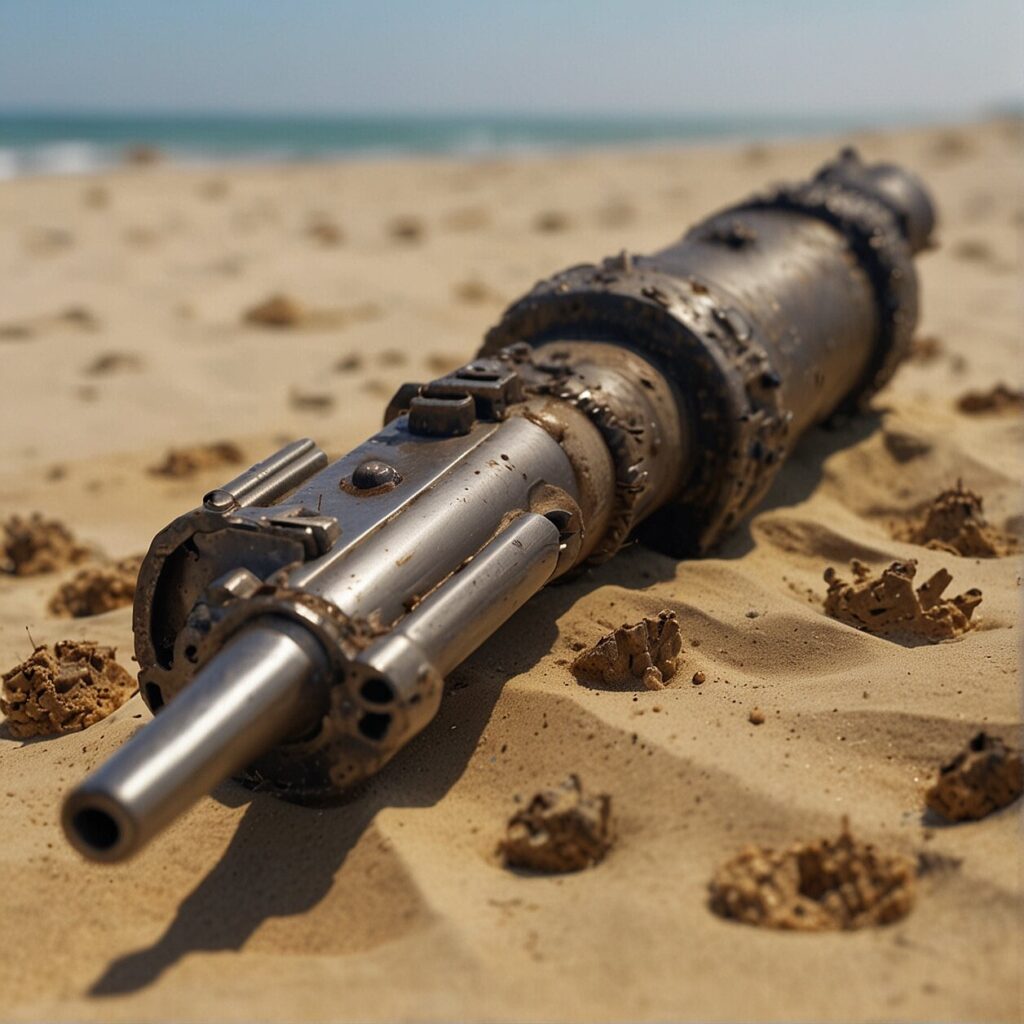
Alaska’s Hidden Secrets: Traces of World War II
Despite its remote location and challenging weather conditions, Alaska has a rich, though often overlooked, historical connection with World War II. Areas like the Alaskan Peninsula and the Aleutian Islands became significant theaters of war during this period, with places such as Kiska and Attu in the spotlight. Grab your snow boots and parkas, we’re about to relive the forgotten tales etched deeply into this frosty wilderness.
You might find yourself asking, why Alaska? The simple answer: its strategic significance. Located relatively close to the Asian continent, it provided a crucial geographic advantage during the war. The Japanese invasion of the Aleutians was seen as a diversion by some, a move meant to distract U.S. forces while they targeted other locations in the Pacific. However, the invasion ended up leading to full-fledged engagements, with the aftermath still visible in places like Dutch Harbor, Kiska, Adak, and Attu.
To truly appreciate Alaska’s World War II legacy, one has to dive into the meticulously archived memoirs of those who lived through it. These memoirs sketch a vivid picture of youthful soldiers first joining the military, the shocking Japanese bombing of Dutch Harbor, and the triumph that was the eventual removal of all Japanese forces from the islands.
Take a closer look at Kiska Island, a location of particular interest during World War II and its immediate aftermath. Much of the island’s wartime infrastructure has stood the test of time exceptionally well. This is due, in part, to the diligence of archaeologists who have worked tirelessly to document the remains. In some cases, they’ve even discovered intact Japanese guns, a testament to the fierce battles fought here. With each of these artifacts, a story from the past comes alive, painting a rich tapestry of history for those adventurous enough to seek it.
If this has, understandably, sparked your interest, you’ll be delighted to know that there’s an array of resources available. Alaska aviation historians have salvaged artifacts and dedicated them to the Alaska State Museum and Historical Collections. Displayed in the current exhibit at the Alaska State Museum, these relics offer visitors a tangible connection to the past.
From aircraft lost in combat over the Aleutians, to Japanese occupation sites like the Kiska Island National Historic Landmark, every bit of history adds another layer to Alaska’s multifaceted World War II narrative. As we delve deeper into the past, we hope that your exploration of these historic grounds will inspire a greater appreciation for the rich, untold stories held within the frozen landscapes of Alaska.
War in the Wilderness: Alaska’s Untold World War II Story
Piercing the fog of history, we’ll venture into Alaska’s forgotten World War II narrative – a tale largely untold and overshadowed by larger, more publicized theatres of conflict. Let’s investigate the critical yet often overlooked role, Alaska played during this epochal global confrontation.
Contrary to popular belief, Alaska’s remote expanses served as a veritable battleground during the World War II era. Most noteworthy were the Aleutian Islands, a chain of volcanic islands extending from the Alaskan Peninsula, caught in the crosshairs of a cataclysmic showdown between American and Japanese forces.
Why focus on the Aleutians, you ask? Strategically, these islands were seen as the potential launching pad for a U.S. invasion. Simultaneously, they provided a buffer zone to keep the mainland U.S. out of the direct line of fire from the Pacific. Thus, attentions quickly turned to these desolate, wind-driven rain-soaked islands, culminating in military events that unfolded with whirlwind ferocity.
Then, the unthinkable happened. The Japanese made their invasion move, occupying Kiska and Attu in the Aleutians. The U.S. Navy, caught off guard, struggled to respond, with memoirs of soldiers narrating tales of the disastrous raid on Dutch Harbor and the staggering losses suffered, which included nine planes in the fall of 1942 alone.
This lesser-known facet of the global conflict, however, was not without its share of resilience and resistance. Drawing inspiration from the memoirs of brave soldiers, we learn of the subsequent recovery efforts – the training, the trek back to Alaska, the ferocious battles at Kiska, Adak, and Attu, and the eventual reestablishment of U.S. control.
Alaska might be far removed from the typically recognized World War II theatres, but regardless of the distance, the Alaskan Wilderness played a pivotal role in World War II. This was a war fought not only in renowned global hotspots but also within the chilling windswept landscapes of the Great Last Frontier.
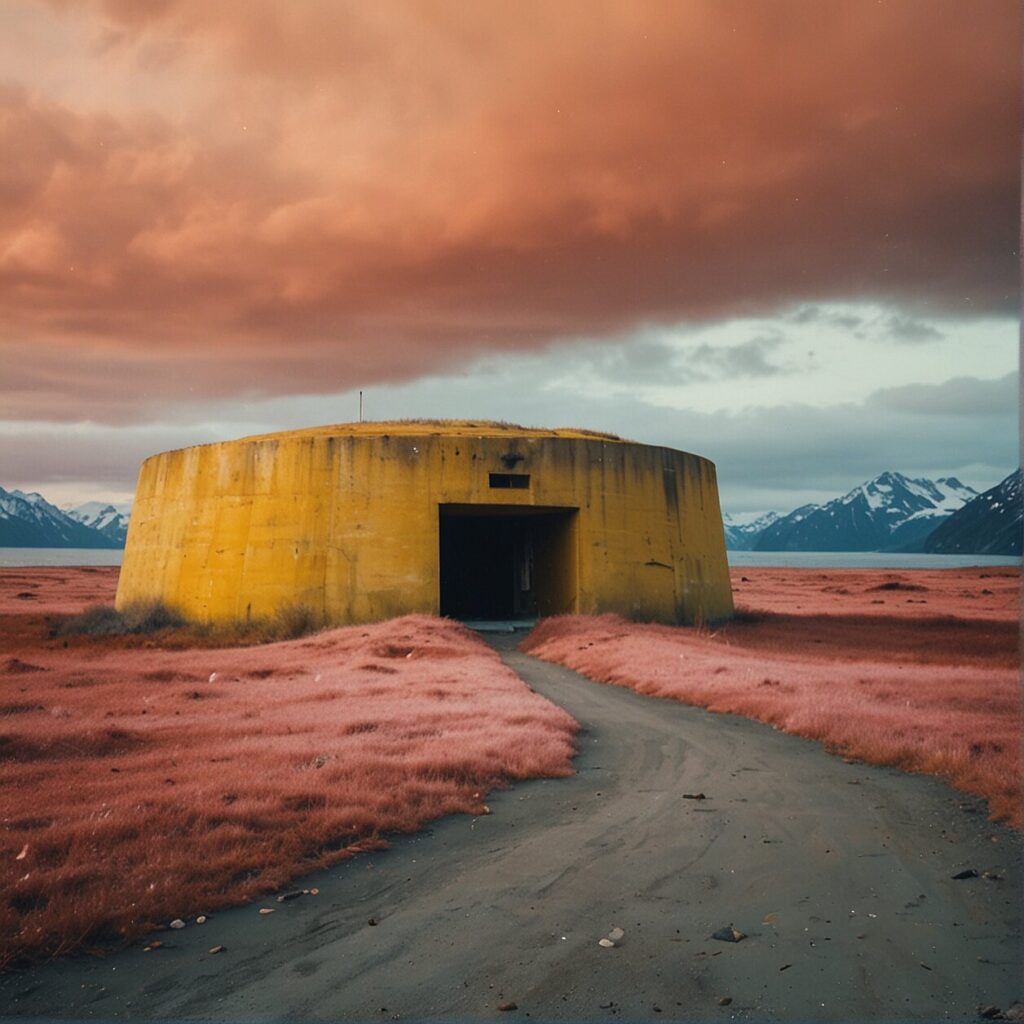
Exploring Alaska’s Forgotten War Tunnels and Bunkers
Indeed, Alaska’s landscapes hold a captivating secret – intricate networks of forgotten tunnels and bunkers, poignant echoes of the bloody battles fought during World War II. For the history buffs among you, these sites serve as walkable timelines detailing a vital, yet underrepresented part of American involvement in the global conflict.
While the Aleutian Islands saw the most extensive military action due to their strategic geographical location, multiple sites, from the Alaskan Peninsula to the Alaska Maritime National Wildlife Refuge, bear the scars of war. Forts and defenses once bristling with activity now lie abandoned, reconciling their grim pasts with the serene beauty of the natural panorama.
Arguably, Kiska Island is a true treasure trove for historians and adventurers. Once the scene of intense combat between American, Canadian, and Japanese forces, Kiska is now a part of the Alaska Maritime National Wildlife Refuge. Seasoned explorers can immerse themselves in a historic journey through time where they will encounter Japanese occupation sites, buildings left undisturbed for over seven decades, and a breathtaking underwater archaeological view.
Through a cooperative initiative undertaken in 1989 by the U.S. Navy and the U.S. Fish and Wildlife Service, an underwater archaeological survey of Kiska Harbor was conducted. For divers and maritime history enthusiasts, this dive site provides a unique experience amidst sunken warships and aircraft.
Also worthy of exploration is the Alaska State Museum. Many original artifacts retrieved from these historic sites, including WWII-era guns, infrastructure, and other remnants, are displayed at the museum. These artifacts, donated through the efforts of Alaska aviation historians, give a detailed glimpse into the past, preserving the memory of those tumultuous times.
Despite their aged appearance, these hidden relics are a testament to the fierce battles fought in the remote wilderness of Alaska—battles that shaped the ebb and flow of WWII. Undeniably, they possess a hauntingly beautiful allure, standing as stoic reminders of the human capacity for resilience and ingenuity even in the harshest conditions.
Journey to the Past: A Tourist’s Guide to WWII Sites in Alaska
You may wonder where exactly you should travel first in order to uncover the fascinating legacies of World War II in Alaska’s remote areas. Here are some suggestions to help you plan your historical journey.
The Aleutian Islands: A Key Battlefield
Start your journey in the Aleutian Islands, which were of significant strategic importance during the war. Due to their geographic location, these islands were viewed as a potential launching pad for a U.S. invasion. This was the reason behind the infamous Japanese incursion into Aleutians, as they bombed Dutch Harbor and occupied the islands of Attu and Kiska. Volume two of several historical memoirs takes an in-depth look into these events, providing valued context for any visitor taking a trip out to these remote islands.
For the enthusiasts of archaeological artifacts, Kiska Island offers rich remains from the wartime era. Archaeologists have found intact Japanese guns and other infrastructure, a unique opportunity to get up close and personal with historical relics ‘frozen’ in time.
Alaska Maritime National Wildlife Refuge
The Alaska Maritime National Wildlife Refuge provides yet another possibility to explore the traces of World War II. The refuge spans several islands, including Attu and Kiska, making it a comprehensive tour for anyone interested in the wartime history of Alaska. Pack warm clothing and get ready to immerse yourself in some chilling, yet insightful history lessons of the past.
Alaska State Museum and Historical Collections
If your journey finds you more inland, make sure to visit the Alaska State Museum. The museum highlights various artifacts from World War II thanks to the meticulous work of Alaska aviation historians who salvaged and donated these historical treasures. Through this exhibit, you’ll gain a unique perspective on the drama that unfolded in the vast wilderness of Alaska during those turbulent years.
These locations offer just a glimpse into the captivating and often untold World War II history that Alaska has to offer. So pack your sense of adventure, don’t forget your camera, and prepare to explore the secrets of the past in the wilds of this beautiful state.
FAQ’S
As we journey into the remnants of World War II in the majestic landscapes of Alaska, you might be bubbling with queries. From the accessibility of these remote sites to the types of artifacts found, we understand that you have a lot of questions. Our Frequently Asked Questions (FAQs) section strives to cater to your curiosities, delivering concise information straight from reliable sources. So sit tight, put on your metaphorical archaeologist hat on, and join us as we shine some light on these often asked queries.
Where in Alaska can hidden artifacts from World War II be found?
You might be surprised to learn that evidence of World War II can be found in the most remote corners of Alaska. Artifacts and wartime remains have been documented on Kiska Island, part of the Aleutian Chain. In fact, Kiska holds the status of being the Japanese Occupation Site during the war. Here, archaeologists have unearthed intact Japanese guns and infrastructure, remnants of a time that this secluded island had to endure wartime.
Fascinatingly, a significant underwater archaeological survey took place in Kiska Harbor in 1989, carried out in collaboration with the U.S. Navy and U.S. Fish and Wildlife Service. The findings were breathtaking – including Japanese midget Sydney type submarines that date back to 1943.
The Alaskan Peninsula is yet another valuable history trove where remnants from the war can be found. The remote nature of these locations has facilitated the preservation of these relics, somewhat frozen in time, yet to narrate stories of a war-ridden era.
Notably, several artifacts have been relocated and donated to the Alaska State Museum and Historical Collections through the intervention of Alaska aviation historians. These historic pieces can currently be visited at the museum, offering a glimpse into an unforgettable chapter of the world’s history as it unfolded in Alaska.
How accessible are the World War II relics in remote areas of Alaska?
Getting to some of the World War II remains in remote areas of Alaska can pose a substantial challenge, considering the extreme weather conditions and vast stretches of wilderness. However, Alaska’s rich history is well worth the reward for the intrepid explorers willing to make the journey.
Several of the locations, namely those in the Aleutian Islands, are indeed accessible by boat and small plane for most of the year. However, depending on the specific location and time of year, some sites may only be accessible by highly experienced off-trail hikers or certified wilderness guides. In fact, some tourists have hired guide services to hear the fascinating stories behind these artifacts and have a safe experience at the same time.
For instance, the remote Kiska Island, harboring remnants of Japanese guns and infrastructure, requires a carefully planned expedition, including navigating the Alaskan Peninsula and the treacherous Bering Sea. But those who have made the journey have reported an experience filled with awe and spooky reminders of the war’s devastation.
By contrast, the Alaska Maritime National Wildlife Refuge is somewhat easily reachable by boat or aircraft from Homer or Kodiak during the summer months. With the same token, the Alaska State Museum and Historical Collections in Juneau is readily accessible year-round.
Regardless of the site, it’s important to remember to respect these historical artifacts and structures as they provide a vital link to our past. Always leave the site in the same condition as you found it to ensure it can be enjoyed by future visitors.
Are there any guided tours to visit World War II relics in Alaska?
Indeed, there are. I’m glad you asked about this! An adventure to the remote corners of Alaska can be a daunting prospect, so opting for guided tours is not only comfortable but also hassle-free. Several tour companies in Alaska specialize in historical journeys specific to World War II sites. These tours take visitors off the beaten path to explore the relics of a bygone era, a fascinating journey into the past. So when you’re looking to explore the Alaskan wilderness intertwined with historical significance, this is a perfect choice. Beside scheduled tours, many of these firms can also cater to personalized tours based on your interests and your travel timelines.
Remember that when you’re visiting these historic sites, you are not just wandering amidst remnants of a bygone era; you’re walking through stories of courage, resilience, and survival. To listen to these whispers of the past, you need guides who don’t just show you the sites, but who bring the history to life. You can relax and immerse yourself in the narratives of the past, leaving the logistics to the experts.
However, always remember to respect these places, bearing in mind that they are the remnants of one of the most significant events of our collective history. They are also often located in delicate ecosystems. The local guides are quite knowledgeable about ensuring the balance between exploration and preservation — something you can learn from them as well.
What were the most common types of artifacts left behind from World War II in Alaska?
The elements left behind from World War II in Alaska are as varied as they are intriguing. The most common artifacts typically found across the region provide a testament to the military activities that had transpired during the period. Let’s discover these remnants of a turbulent past.
One of the panoramic landscapes etched with the beautifying scars of history is the Kiska Island, particularly well-known for its high activity during World War II. As you wander around, you are very likely to come across evidence of the Japanese occupation. Archaeologists have documented wartime remains depicting an intriguing past in the form of intact Japanese guns and infrastructure. The ruins of a naval wreckage, one markedly defined by the 1943 Japanese evacuation, are still visible to the curious eye.
Alaska’s skies too tell a vivid tale of war. You may recall the gloomy autumn of 1942 when the Aleutian skies became site for a fierce aerial combat, leading to the tragic loss of nine planes. The remnants of these aircrafts are among the monumental artifacts that speak volumes about Alaska’s World War II history. Many you’ll find have been rescued and carefully preserved at the Alaska State Museum.
The Alaskan Peninsula, while mostly known for its natural wonders, is also home to numerous wartime artifacts. Here, the tundra yields remnants of old installations, personal belongings of soldiers and items that sustained everyday military life. There’s a wealth of narratives waiting to be unearthed and framed into the grand narrative of WWII.
It’s truly fascinating to step back in time and experience firsthand the lingering presence of history. An expedition into the wild of Alaska is not merely an adventure, but a journey into the echoes of the past. These artifacts are more than just relics; they’re the whispers of World War II, waiting for you to discover.
How can I visit these World War II sites in Alaska?
Planning a trip to these remote World War II sites in Alaska requires detailed planning, a spirit for adventure, and respect for the historical importance of these areas. Start with researching each location to understand its historical significance and prepare for the journey.
Traveling to the Aleutian Islands involves a considerable distance and effort. If you’re starting from Anchorage, it’s a 1,200-mile journey to Adak Island. The ideal approach is to plan your trip in stages. First, secure a flight to Adak Island. From there, a day-long sail awaits you to reach Kiska Island, where the remnants of the Japanese occupation during the war can be visibly seen.
It’s invaluable to note that these journeys frequently require traversing rough terrains and unpredictable weather conditions. Therefore, ensure your safety by hiring experienced local guides and enquiring about current conditions before setting off.
Visiting these historical sites may be challenging, but it offers an unprecedented glance into the past. While reveling in Alaska’s natural beauty, you are standing in the footprints left behind from the global conflict that shaped today’s world. Remember, respect the artifacts and structures during your visit – they’re silent witnesses to a turbulent past, preserved for the understanding of future generations.
If you’re inclined towards less adventurous sites, consider visiting the Alaska State Museum or the Alaska Maritime National Wildlife Refuge. Not only can you view the donated artifacts from the war, but you also present an opportunity to learn more about Alaska’s untold history during World War II while staying closer to amenities. Make sure not to skip these stops in your itinerary!



